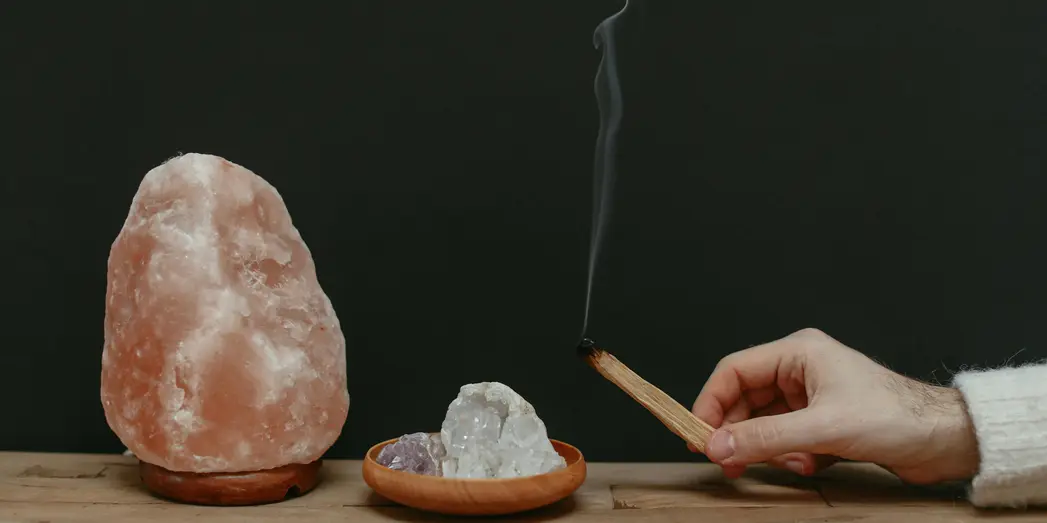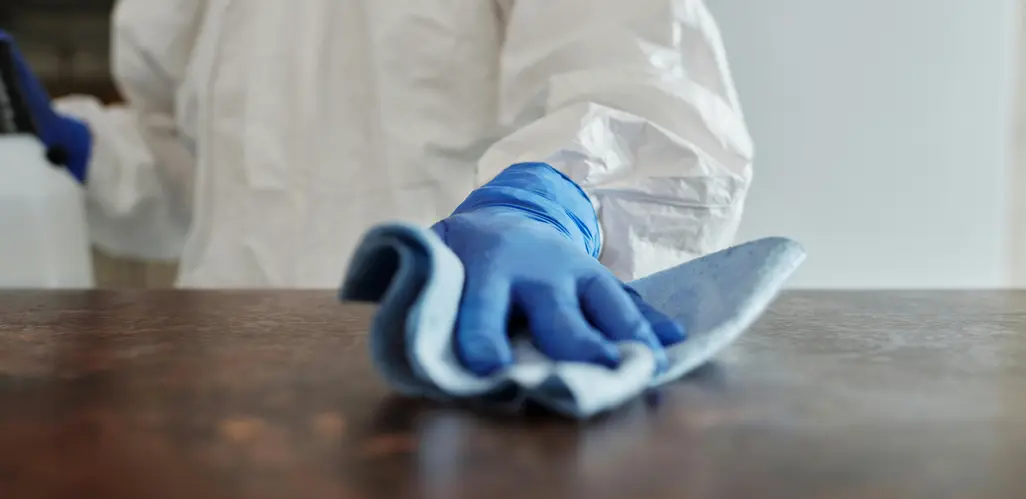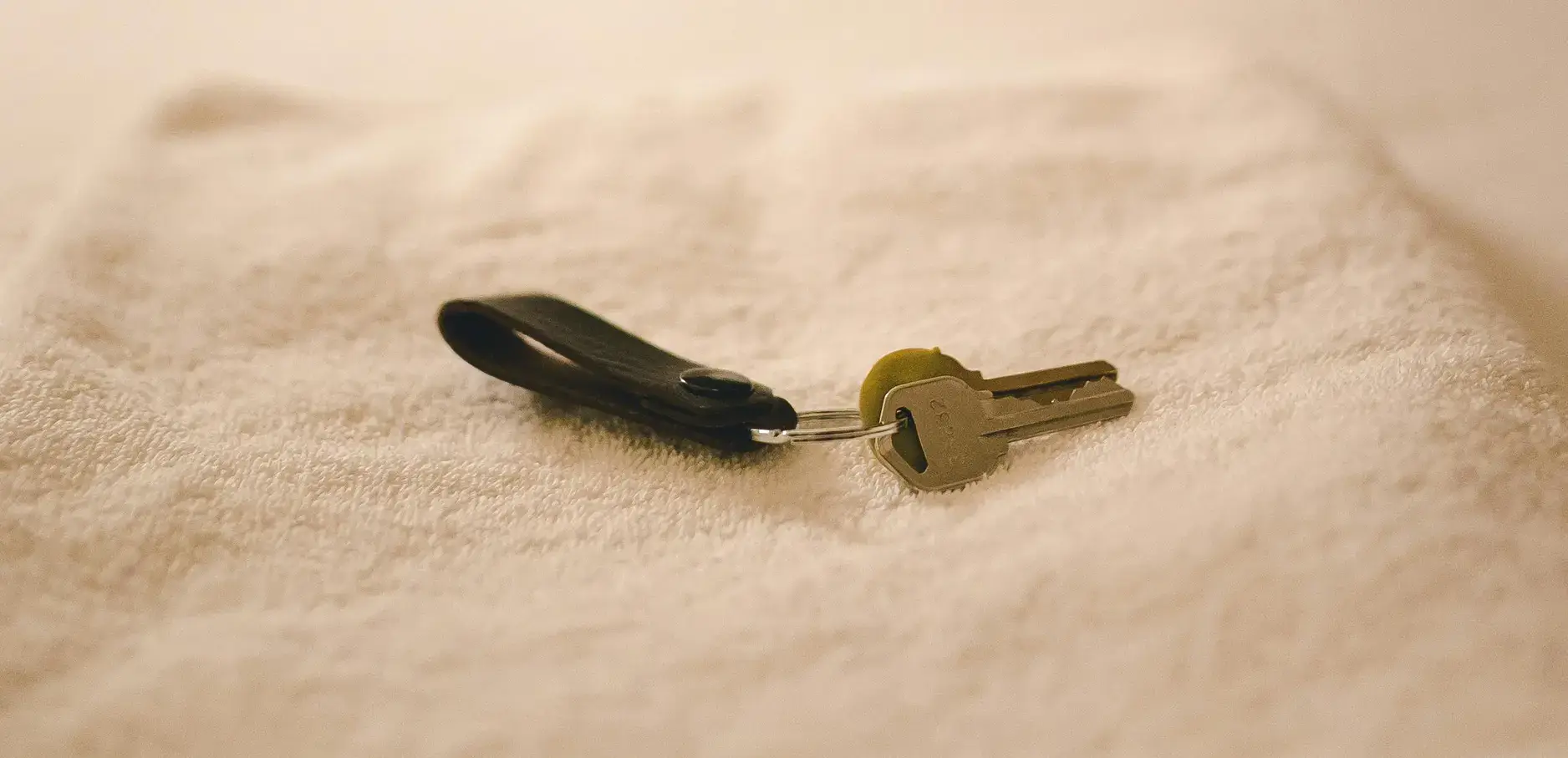The Growing Trend of Natural Materials
In the modern era of interior design, there is a rising trend towards using natural materials. These materials not only offer a unique aesthetic but also bring an element of sustainability to living spaces. By incorporating natural elements into your home, you can create an environment that feels warm, welcoming, and environmentally conscious.
Why Choose Natural Materials?
Natural materials such as wood, stone, cotton, and leather are preferred for several reasons. First and foremost, they are sustainable. Unlike synthetic materials that often rely on fossil fuels and release toxic chemicals during production, natural materials have a lower environmental impact.
Secondly, natural materials tend to be more durable and age gracefully over time. For example, wooden furniture can develop a charming patina, while stone countertops can last a lifetime with proper care.
Popular Types of Natural Materials
Here are some of the most popular natural materials that you can incorporate into your interior decor:
- Wood: Available in various types such as oak, maple, and walnut, wood is versatile and adds warmth to any room. Reclaimed wood is an excellent choice for an eco-friendly approach.
- Stone: Materials like marble, granite, and slate not only look elegant but are also highly durable. Stone is perfect for countertops, flooring, and statement walls.
- Wicker and Rattan: Often used in furniture and decor, wicker and rattan offer a casual yet sophisticated look.
- Cotton and Linen: These natural fabrics are breathable and ideal for upholstery, window treatments, and bedding.
- Leather: Used for furniture, leather provides a timeless and luxurious touch to interiors.
Incorporating Natural Materials in Different Rooms
To achieve a harmonious look, consider how natural materials can be used in various rooms of your home:
- Living Room: A wooden coffee table, cotton or linen slipcovers for sofas, and a stone fireplace can make the living room both cozy and stylish.
- Kitchen: Stone countertops and a wooden dining table are practical yet beautiful choices. Consider wicker baskets for storage to add texture.
- Bedroom: Use wooden bed frames, linen sheets, and cotton curtains to create a serene and restful environment.
- Bathroom: Opt for stone tiles, wooden cabinets, and cotton towels for a spa-like feel.
Caring for Natural Materials
While natural materials are durable, they do require proper maintenance to ensure longevity. Here are some care tips:
- Wood: Regularly dust wooden surfaces and use a appropriate wood cleaner for deeper cleaning. Protect against water damage by using coasters and mats.
- Stone: Seal stone surfaces to protect against stains and etching. Clean with a pH-neutral cleaner to avoid damaging the material.
- Cotton and Linen: Wash fabrics according to the manufacturer’s instructions. Use mild detergents to preserve the natural fibers.
- Leather: Wipe spills immediately and use leather conditioner to keep the material supple and to prevent cracks.
The Environmental Impact
Choosing natural materials is not only beneficial for your home’s aesthetics but also for the planet. Sustainable sourcing, as well as the reduced use of chemicals and synthetic materials, contributes to a healthier environment. Additionally, many natural materials are biodegradable or recyclable, further decreasing their ecological footprint.


















